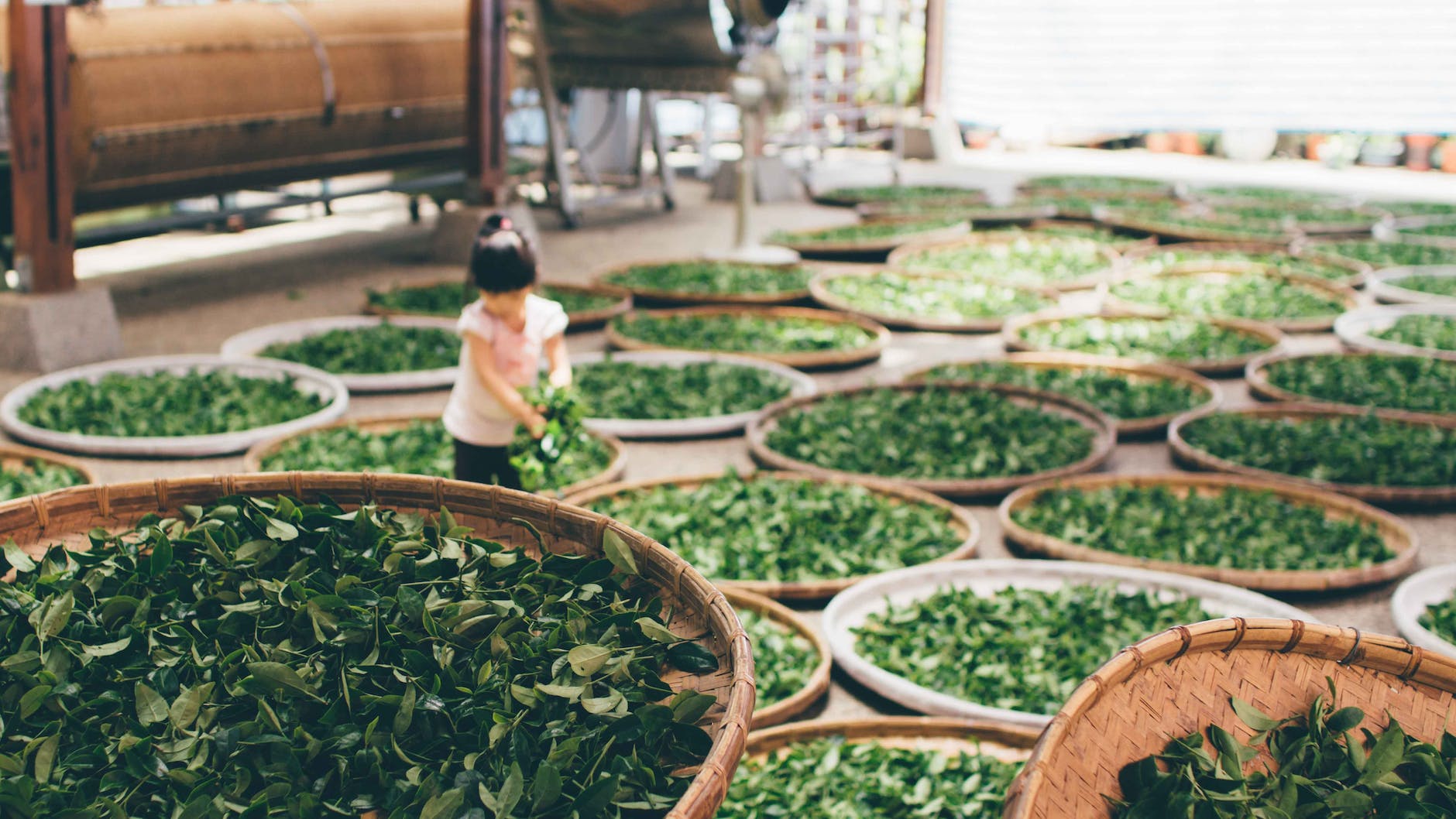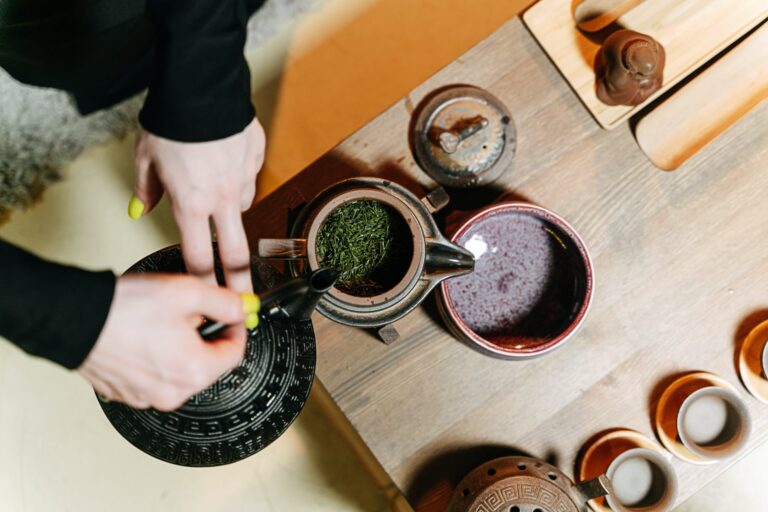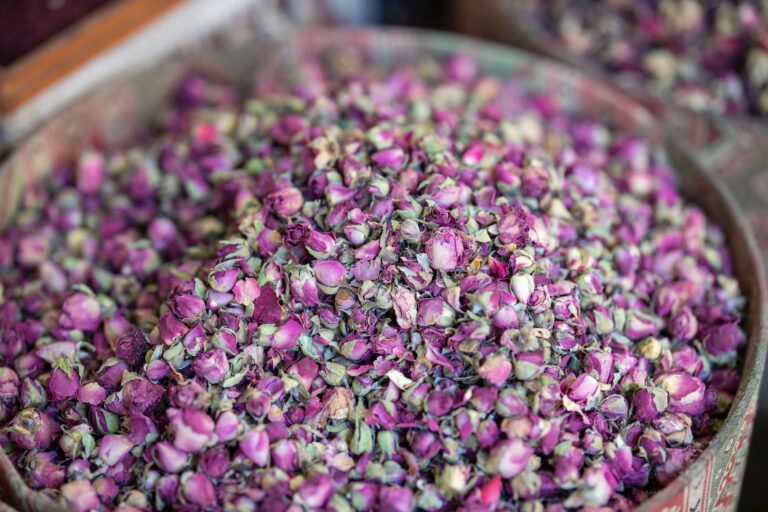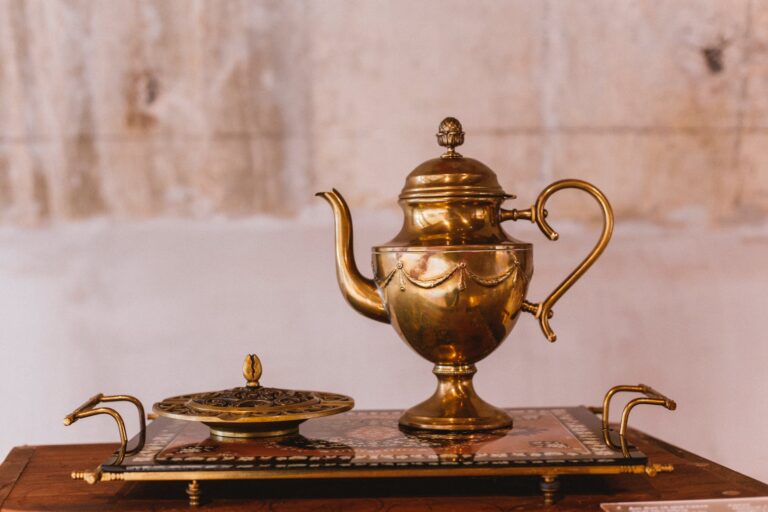The Magic of Sun-Drying: Traditional Tea Drying Methods
Introduction
In the rich and diverse world of tea, each step in the tea-making process plays a crucial role in shaping the final product’s flavor, aroma, and character. Among these steps, the drying method, particularly sun-drying, stands out for its profound impact on the tea’s quality. Sun-drying, an ancient technique, is not just a method of removing moisture from tea leaves; it’s a delicate art that intertwines with tradition, nature, and the nuanced skill of the tea maker. This article delves into the magical world of sun-drying and other traditional tea drying methods, exploring their significance, process, and the unique characteristics they impart to the tea.
The Significance of Drying in Tea Production
Tea drying is a critical step in tea processing, serving two primary purposes: halting oxidation and reducing moisture content. The way tea leaves are dried not only preserves their quality but also influences their taste, color, and shelf life. Drying methods vary, ranging from sun-drying and air-drying to mechanical methods. Each technique contributes uniquely to the sensory profile of the tea.
The Historical Perspective
The tradition of sun-drying tea leaves dates back thousands of years, predominantly in China, where tea was first cultivated. This method was developed out of necessity, as ancient tea makers found that sun-dried leaves retained more natural flavors and had a longer shelf life compared to other methods available at the time.
The Science Behind Drying
Drying tea leaves involves removing most of the water content from the leaves, which concentrates the flavors and aromas. The method of drying also affects the rate at which the leaves oxidize, which is crucial for developing specific types of tea.
Sun-Drying: A Dance with Nature
Sun-drying is perhaps the most natural and traditional method of drying tea leaves. It involves spreading the leaves under the sun, allowing them to dry slowly and gently. This method is highly dependent on climatic conditions and requires a careful watch to prevent overexposure. The gentle nature of sun-drying helps preserve delicate flavors and produces a tea that is often smoother and more mellow.
The Art of Sun-Drying
Sun-drying is not just a passive process. It requires constant attention and adjustment by the tea maker. The leaves must be turned regularly to ensure even drying and to prevent mold or uneven oxidation.
Ideal Conditions for Sun-Drying
The best sun-drying occurs under specific climatic conditions: a combination of bright sunlight and low humidity. These conditions are typically found in high-altitude tea-growing regions, where the sunlight is intense, and the air is dry.
The Process of Sun-Drying
The sun-drying process begins with spreading the tea leaves thinly on mats or trays. The leaves are then exposed to direct sunlight for a period, often requiring constant monitoring and turning to ensure even drying. The duration of sun-drying can vary from a few hours to several days, depending on the tea type and the weather conditions.
Preparing the Leaves
Before they are laid out for drying, the leaves are usually withered to reduce their initial moisture content. This makes them more pliable and less prone to breaking during the drying process.
Monitoring and Adjusting
The tea maker must constantly monitor the drying leaves, adjusting their exposure to the sun to prevent damage. This might mean moving the leaves into the shade or covering them to protect against sudden changes in weather.
Benefits of Sun-Drying
Sun-drying offers several benefits:
- Preservation of Nuances: This method tends to preserve the tea’s natural aromas and delicate flavors better than mechanical drying methods.
- Environmental Sustainability: Sun-drying is an eco-friendly method, utilizing natural resources without the need for electricity or fossil fuels.
- Enhanced Complexity: Some believe that sun-drying allows for a more complex and rounded flavor development in the tea leaves.
Other Traditional Drying Methods
In addition to sun-drying, other traditional methods of drying tea leaves play a significant role in the world of tea. Each method has its unique impact on the final characteristics of the tea.
Air-Drying
- Overview: Air-drying involves leaving the tea leaves in a well-ventilated space, away from direct sunlight. This method allows the leaves to dry naturally, which can result in a very authentic and natural flavor profile.
- Process: The tea leaves are spread out in a cool, dry area with good air circulation. The slow and gentle process of air-drying can take several days and requires continuous monitoring to ensure uniform drying.
Pan-Firing
- Technique: Common in Chinese green tea production, pan-firing involves drying the leaves in a large pan or wok over heat. This method imparts a slightly roasted flavor to the tea and is often used to halt the oxidation process in green teas.
- Artisan’s Role: The skill of the artisan is crucial in pan-firing. Controlling the temperature and duration of firing requires experience and precision to avoid burning the leaves while achieving the desired flavor.
Shade-Drying
- Method: Similar to sun-drying but conducted under shade, this method is often used for delicate teas like certain white and green teas that require protection from the direct harshness of sunlight.
- Outcome: Shade-drying results in a subtler flavor profile, preserving the delicate nuances of the tea leaves. It often produces a lighter, more refined taste compared to sun-dried teas.
Challenges and Considerations in Traditional Drying Methods
While traditional drying methods offer numerous benefits, they also come with their own set of challenges:
- Dependence on Weather: Sun-drying and air-drying are heavily dependent on favorable weather conditions, making consistency a challenge.
- Labor-Intensive: These methods require constant monitoring and manual handling of the tea leaves, demanding significant labor input.
- Inconsistency Risks: Natural drying methods can result in inconsistencies in the final product due to varying environmental factors.
The Impact on Different Types of Tea
The choice of drying method can significantly influence the flavor profile and quality of different types of tea:
- Green Tea: Sun-drying can produce a more mellow taste compared to the sharper flavors developed through pan-firing.
- Black Tea: Traditional drying methods can enhance the richness and depth of flavor in black teas, adding to their complexity.
- White Tea: Sun-drying is often preferred for white teas to preserve their delicate and subtle nuances, which are prized in this variety.
Modern Adaptations and Innovations
In contemporary tea production, there is a blend of traditional wisdom and modern technology:
- Hybrid Methods: Some tea producers combine traditional drying methods with modern techniques to ensure consistency, efficiency, and scalability.
- Quality Control: Modern technology aids in controlling environmental factors that can affect the drying process, helping maintain a consistent quality in the tea.
Conclusion
The art of drying tea, particularly through traditional methods like sun-drying, is a fascinating aspect of the tea industry’s heritage. These methods, deeply embedded in the culture and history of tea production, not only define the character of the tea but also showcase a commitment to craftsmanship and sustainability. As tea enthusiasts enjoy their next cup, they partake in a legacy that intertwines with nature, celebrating the beauty of patience and the delicate balance achieved through these time-honored practices.
In an era that often prioritizes speed and efficiency, the magic of traditional tea drying methods serves as a poignant reminder of the richness that can be found in slower, more thoughtful approaches. These methods, passed down through generations, continue to captivate and delight, offering teas that are not just beverages but experiences steeped in history and tradition.






